Quick Guide For The New Exhibitor
Thinking about or getting ready to exhibit at a tradeshow here
in the United States?
Exhibiting is a great way to reach audiences and give your
company a wider exposure fast.
Here is a short but quick guide that will help you prepare
to exhibit, answer common questions, and get ready for a successful exhibiting
experience.
General Service Contractor / Official Services Contractor
The General Services Contractor (GSC), also known as a
General Contractor (GC) or Official General Contractor (OGC), is contracted by
the show organizer to handle oversight of the physical setup and teardown of
the exhibition. The GSC may provide services such as:
- Generating
the Exhibitor Services Manual (also known as Exhibitor Kit)
- Installation
and dismantling of exhibit booths
- Oversight
of labor
- Material
handling and loading dock management
- Getting
the venue event-ready (signs, banners, structures)
- Managing
freight and storage for move in and move out
- Rental
of exhibits, carpet, furnishings, etc.
Some of the GSC responsibilities, such as material handling,
cleaning, and rigging are provided on an exclusive basis — meaning only the GSC
can perform these services for exhibitors.
Furniture, lighting, flooring, and audio-visual solutions
are available for rent individually, as a bundle, or as part of booth rentals.
These items are typically ordered through the GSC or a specialty contractor.
Exhibitors should order these items in advance of the
show.
To ensure the best pricing, you will want to note deadlines
and what products, services, and conveniences are provided with your booth
space.
Please note that the venue may also provide exclusive
services, such as electrical, food and beverage, rigging, etc. All of the
offerings and exclusivities are highlighted in the Exhibitor Services Manual
(ESM), including the rules and regulations of the specific venue and
exhibition.
Exhibitor Services Manual/Exhibitor Kit
The ESM is developed by the GSC for the exhibition. It
contains general event information, labor and service order forms, rules and
regulations, and other information pertinent to an exhibitor’s participation in
an exhibition.
Booth construction
In the U.S., most small exhibition booths are provided with
pipe and drape to designate each 10 ft x 10 ft space (3 m x 3 m). This will
consist of metal pipe frames and drapery walls, and is different from what is
offered as hard-wall shell schemes more commonly provided outside the U.S.
You will be able to choose how you further design your booth
space — that can include:
- Using
a simplified online process to order carpet, furnishings, etc.
- Shipping
your own exhibit to the show hall
- Contracting
with an exhibition stand builder or Exhibitor Appointed Contractor (EAC)
Be sure you are up to date on any requirements for shipping,
venue regulations, added expenses, and extended timelines due to customs
processes in the U.S.
Labor unions
Don't be scared of them. These guys are pros! In the U.S., it is most common that unions perform the
majority of the tasks in facilities.
A labor union is a group of employees in a
certain trade, industry, or corporation that organize to improve their salary,
benefits, and working conditions2.
Every venue has different union rules and regulations, so it
is important to understand the labor union rules and regulations. In your
show’s ESM/Exhibitor Kit, you’ll find detailed information about the labor
rules and regulations.
If you have a simple exhibit that you or your employees
would like to install, it may not require union labor. However, if you have a
more complex build, union labor will need to be hired through the GSC, an
approved agency, or EAC (Exhibitor Appointed Contractor).
You’ll want to pay attention to the difference in labor
rates, which are based on the date and time of when you require labor. Overtime
(more than eight hours per day or hours outside of set labor union working
hours), Sunday hours, and holiday rates can quickly get expensive. Watch the
calendar (for holidays and weekends) and plan ahead to manage costs.
If you are exhibiting in multiple cities, labor rates can
vary from venue to venue.
Material handling and shipping
Shipping is the transportation of your exhibit
properties from your location to the event. There are two general shipping
options:
- Ship
to a warehouse (known as an advanced warehouse) up to one month before the
show’s move-in date
- Ship
directly to the show site on the move-in date(s) provided
Material handling is handling the exhibit
freight once it arrives at the advanced warehouse or show site. In the U.S.,
the GSC is the exclusive provider of material handling.
In addition, the GSC brings all material from the advanced
receiving warehouse to the booth/stand location prior to the exhibitor move-in
date.
You can find these dates in the Exhibitor Services Kit.
All materials shipped to the warehouse or show site must
have an in-bound Bill of Lading (BOL) with certified weight tickets. The weight
of the material determines the cost to perform all material handling functions.
moving the freight from the advanced warehouse to the exhibition venue. This
can be a strong cost driver if not planned well and in advance.
Additional exclusive services
In some venues, there may be exclusivity contracts for
services such as cleaning, rigging, electrical, internet, food and beverage,
catering, hotel, etc. This means exhibitors must order these services through
the Exhibitor Services Manual, which specifies approved vendors.
In this case, exhibitors will need to obtain an individual
proposal, for each service, from each approved vendor — and will receive
separate invoices. More detailed Information is typically found in your
Exhibitor Kit or on the GSC online ordering platform.
You can also decide to work with an EAC, who may be able to
order all services on your behalf and will be invoiced directly, so you will
receive one invoice from the EAC for all services.
Payment process
Please note how the payment process is handled for
exhibiting at shows in the U.S.
- When
products and services are ordered through the GSC, a single, overall
invoice for all products and services is provided
- For
specialty services not provided by the GSC, invoices are provided by the
service provider(s)
- Services
ordered on-site require credit card payment at the time of order
Additional payment options may be available. Contact your
GSC for more information.
Start planning for your exhibit today
With the right approach, you’ll enjoy a smooth experience
that allows you to focus on what really matters: growing your brand and
expanding your market.
An experienced, local, exhibit partner such as Larson &
Associates can help you navigate exhibiting in the U.S., so you can avoid
frustrating (and sometimes costly) complications. Our teams provide hands-on
support, ensuring your exhibitor passport is stamped for a successful show! We have an entire tradeshow marketing plan for you to work with so not only will your booth be great but your at show expectations will be what you need them to be!














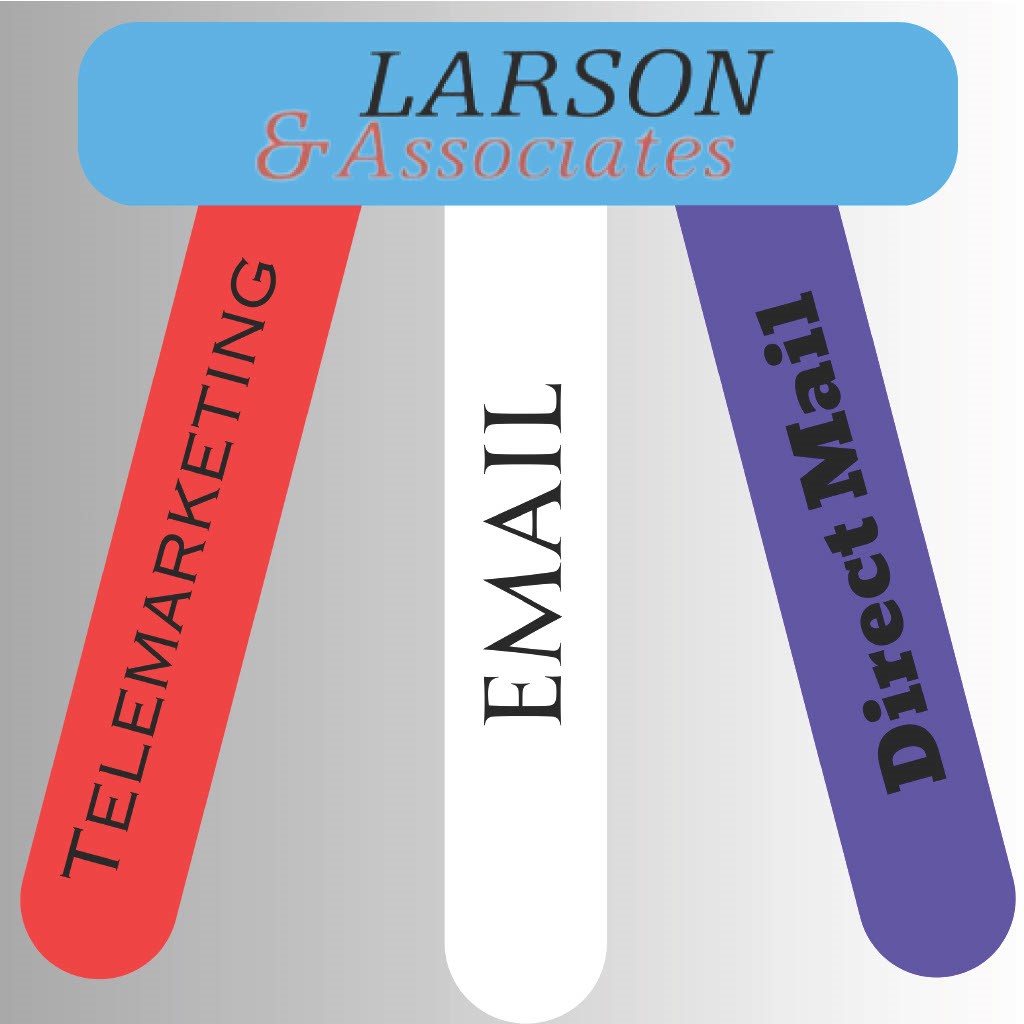 seeking out small to mid-sized companies, the majority of our clients continue to be small businesses with revenue of $500,000 to 50 Million with 3 to 15 sales people remains in tact.
seeking out small to mid-sized companies, the majority of our clients continue to be small businesses with revenue of $500,000 to 50 Million with 3 to 15 sales people remains in tact. 
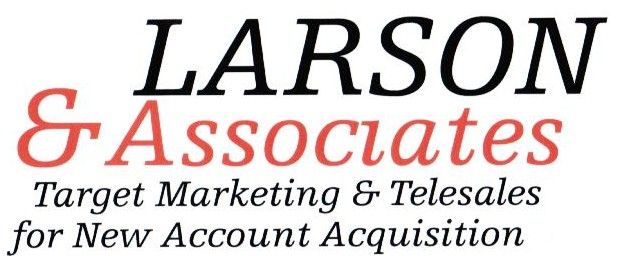
 More than 340 billion emails are sent daily.
More than 340 billion emails are sent daily.
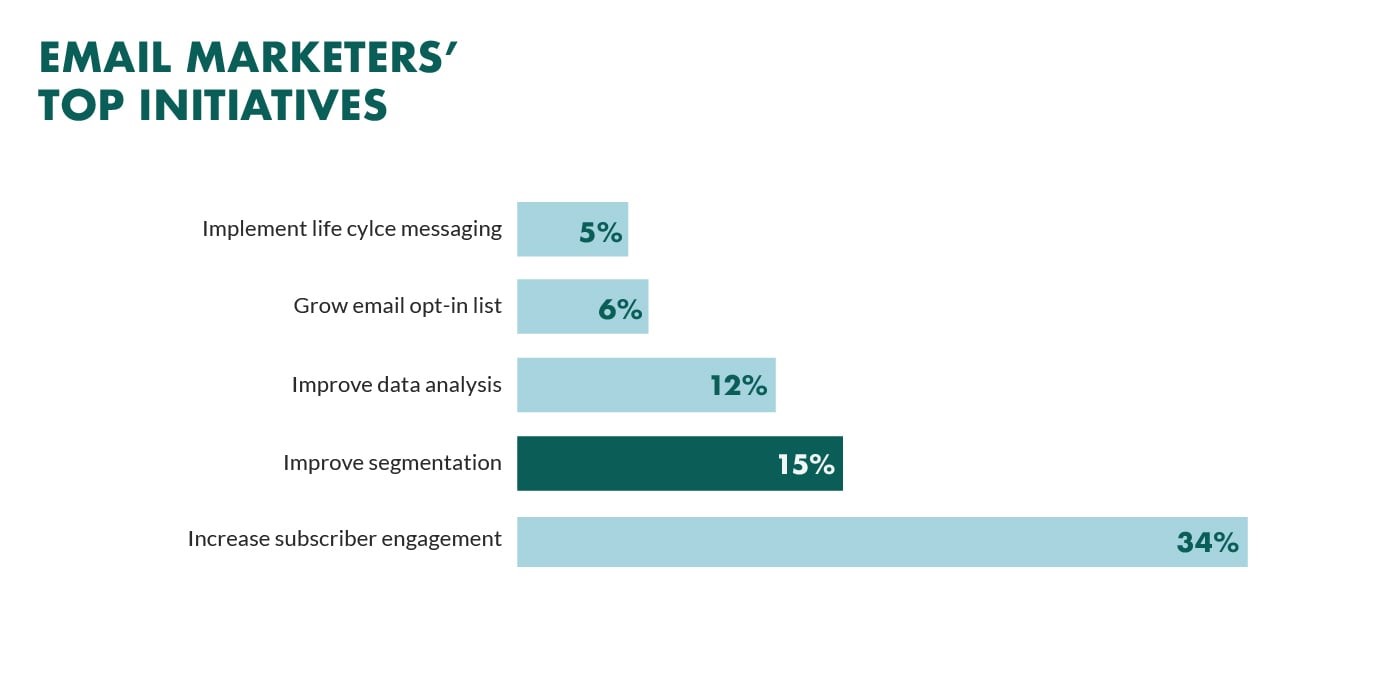 Do you know why it is so high?
Do you know why it is so high?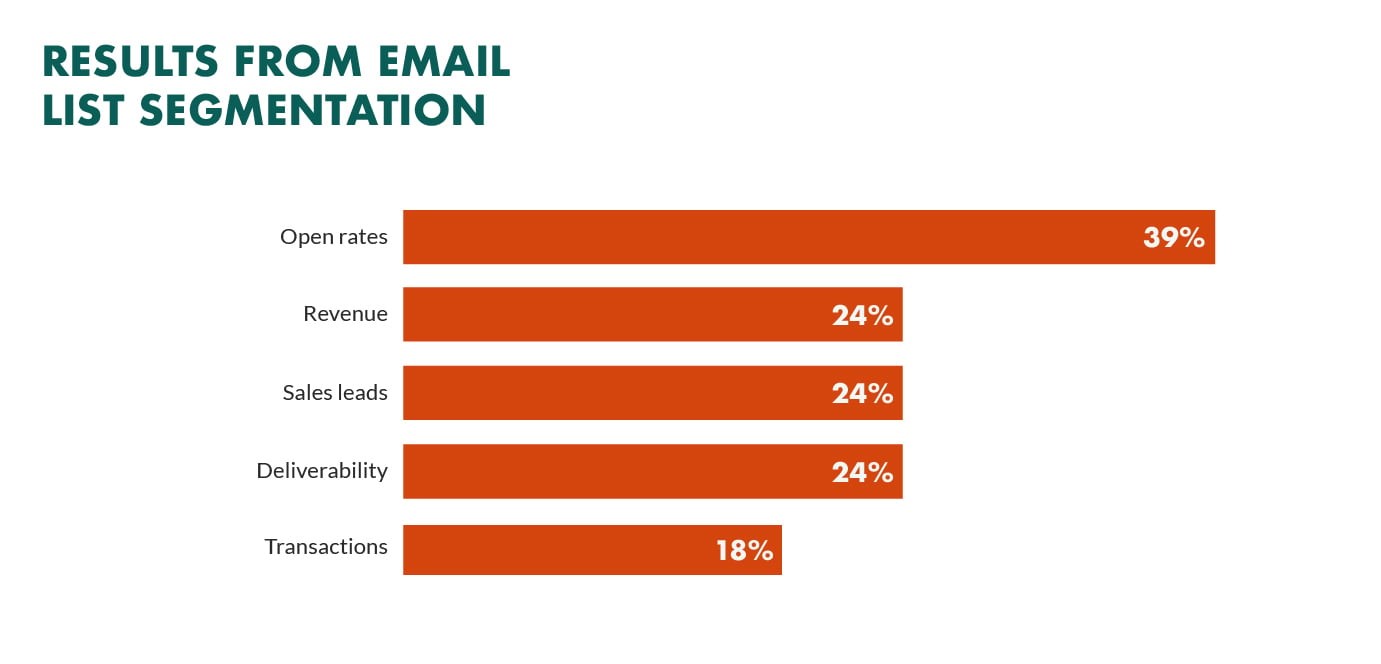
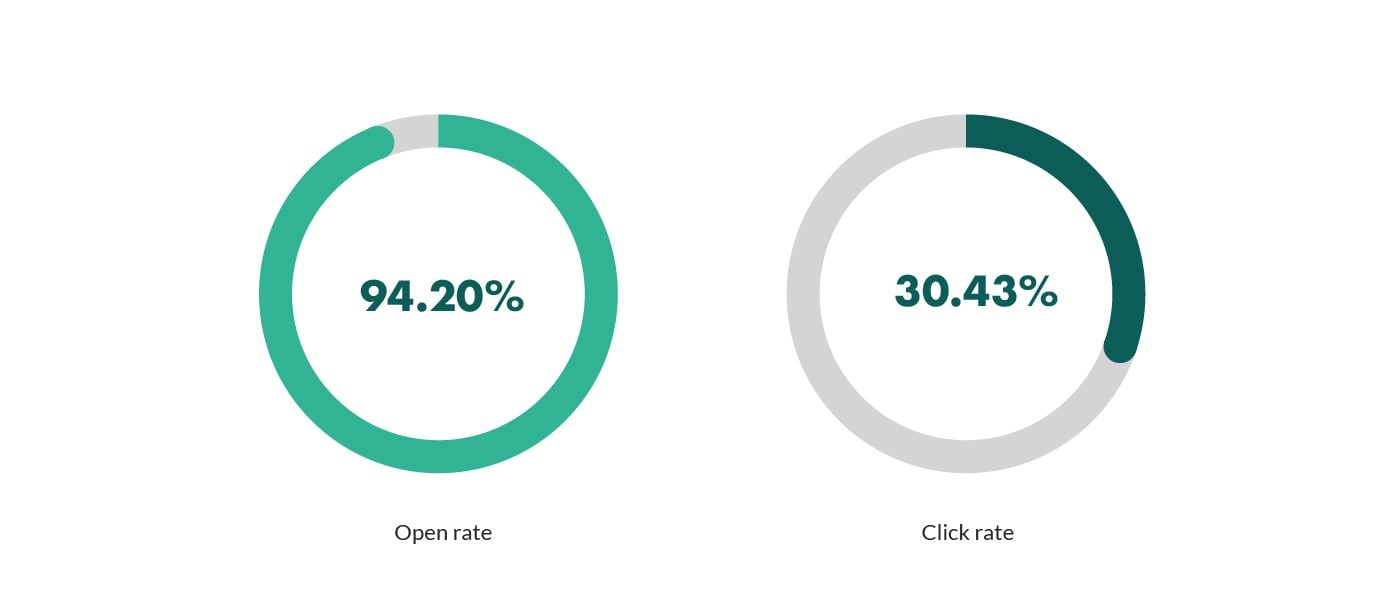 it’s pretty valuable, wouldn’t you?
it’s pretty valuable, wouldn’t you?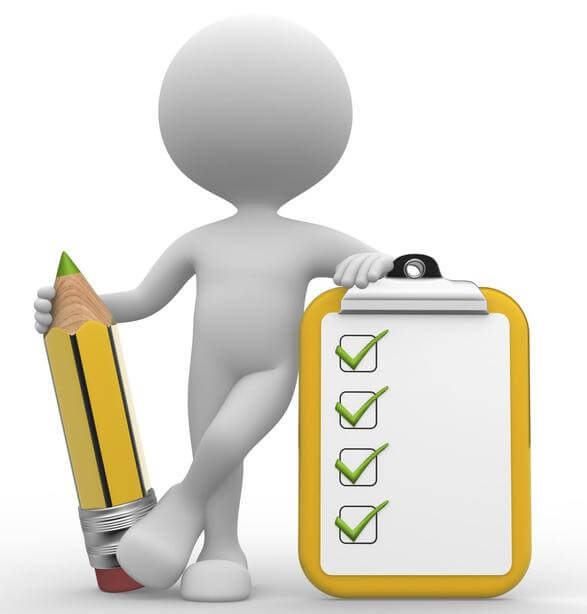



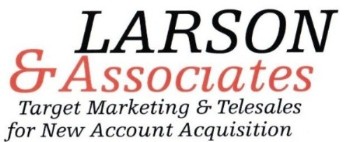

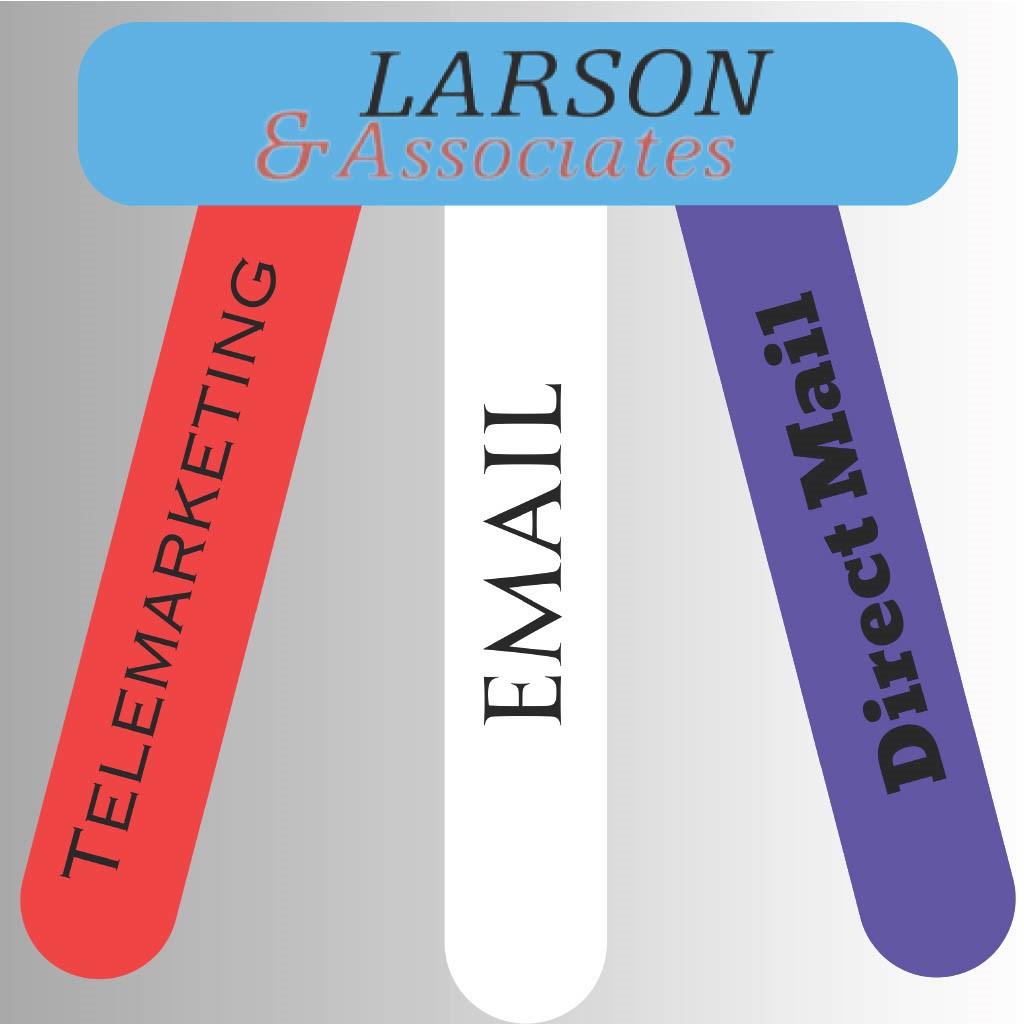 telemarketing can prove to be very effective at making your entire program work for your marketing campaign.
telemarketing can prove to be very effective at making your entire program work for your marketing campaign.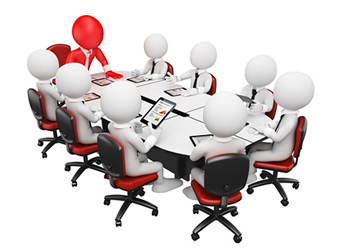 testify to the effectiveness of telemarketing when it comes to reaching out to customers and closing sales. Telemarketing is used by companies to sell their products or services, tap into new markets and customer bases. Giving satisfaction to existing customers is just as crucial to a business as the reach out to prospects – telemarketers ensure that both get the attention they require and address their wants and needs.
testify to the effectiveness of telemarketing when it comes to reaching out to customers and closing sales. Telemarketing is used by companies to sell their products or services, tap into new markets and customer bases. Giving satisfaction to existing customers is just as crucial to a business as the reach out to prospects – telemarketers ensure that both get the attention they require and address their wants and needs.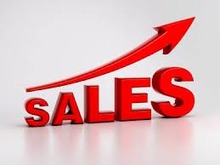 new prospects. The telemarketer then passes these updated lists to the highly trained sales people who can reach these customers to generate sales. They also identify the nature and requirements of the prospective customer and relay this information to the sales force but honestly most of the time a prospect does not have enough time for the telemarketer to drill in for qualifying questions. Following up after closing a sale is also a critical aspect for a telemarketer’s because a follow up with the generated leads can increase sales opportunities by 20%.
new prospects. The telemarketer then passes these updated lists to the highly trained sales people who can reach these customers to generate sales. They also identify the nature and requirements of the prospective customer and relay this information to the sales force but honestly most of the time a prospect does not have enough time for the telemarketer to drill in for qualifying questions. Following up after closing a sale is also a critical aspect for a telemarketer’s because a follow up with the generated leads can increase sales opportunities by 20%. gather reviews and gauge levels of satisfaction or dissatisfaction and relay it to the marketing team for analysis. Studies show that 17% of the average day for a salesman is spent in entering customer’s data. Compiling this information can then be used to target the prospective clients for the next marketing campaign or help in reconnecting with inactive clients and winning them back.
gather reviews and gauge levels of satisfaction or dissatisfaction and relay it to the marketing team for analysis. Studies show that 17% of the average day for a salesman is spent in entering customer’s data. Compiling this information can then be used to target the prospective clients for the next marketing campaign or help in reconnecting with inactive clients and winning them back.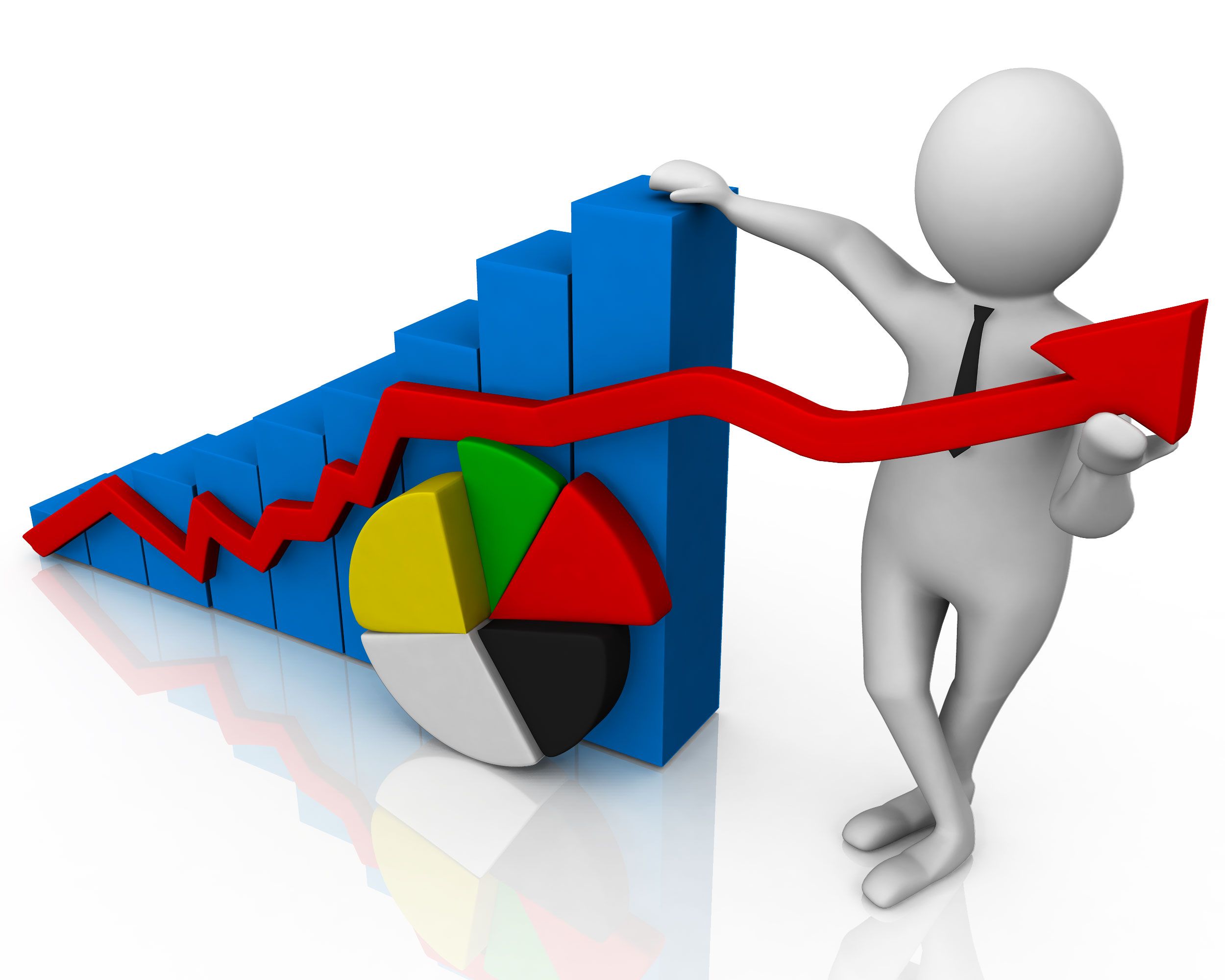 than acquiring new clients. Studies have shown that it costs five times more to gain a new client than to retain the past one. Telemarketing can really help ensure a satisfactory customer experience.
than acquiring new clients. Studies have shown that it costs five times more to gain a new client than to retain the past one. Telemarketing can really help ensure a satisfactory customer experience. 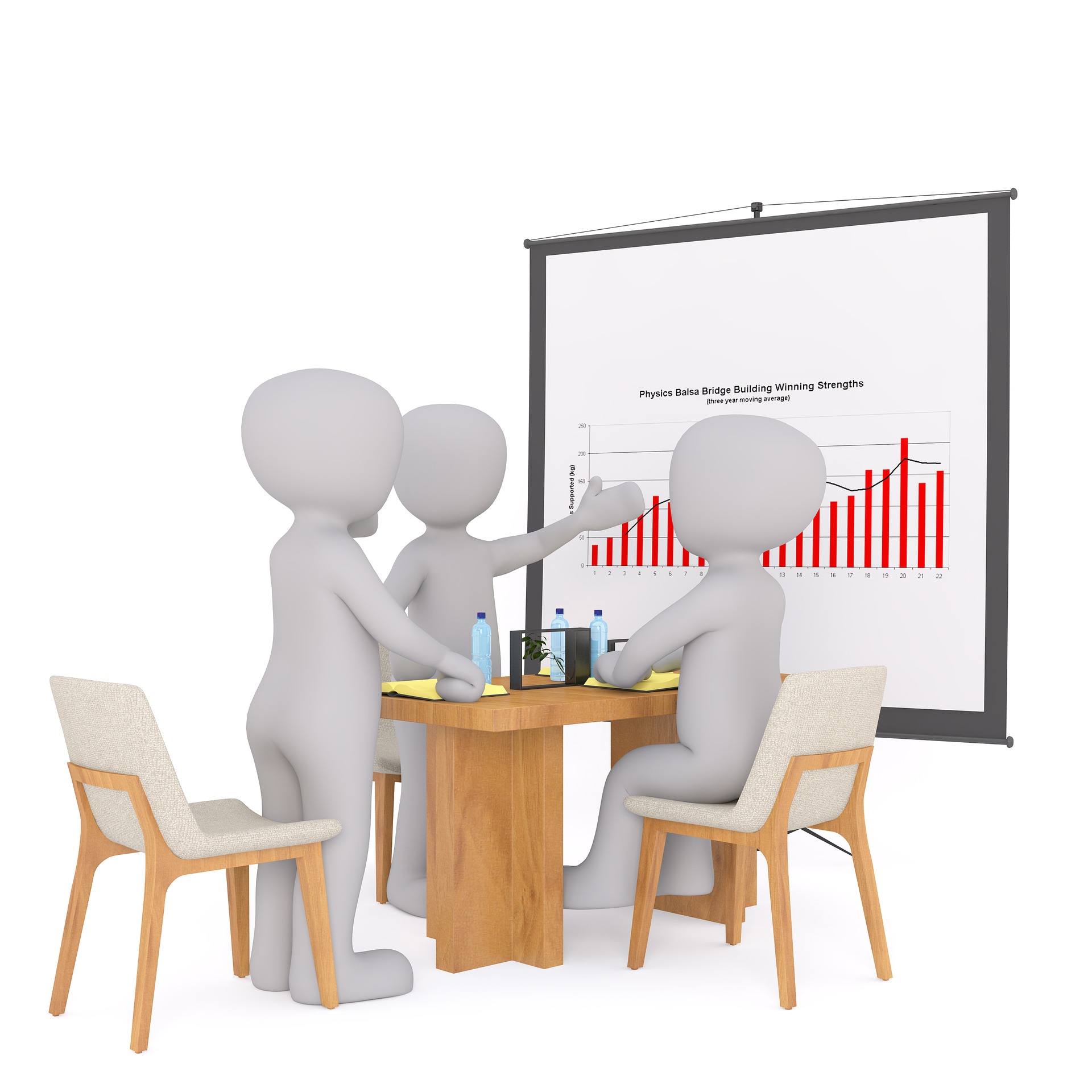 while keeping costs low, telemarketing is the solution to your problem.
while keeping costs low, telemarketing is the solution to your problem.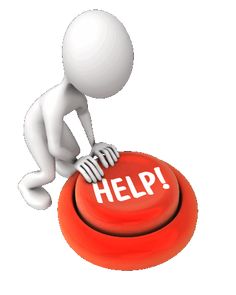 Let market automation do what it does best, nurturing prospects with repeated messages about their interests – this lets follow-up calls from being cold but in fact, warm, timely and more appropriate. When powered by marketing automation technology, a telemarketing campaign can bring in more inquiries and qualified leads than ever before.
Let market automation do what it does best, nurturing prospects with repeated messages about their interests – this lets follow-up calls from being cold but in fact, warm, timely and more appropriate. When powered by marketing automation technology, a telemarketing campaign can bring in more inquiries and qualified leads than ever before.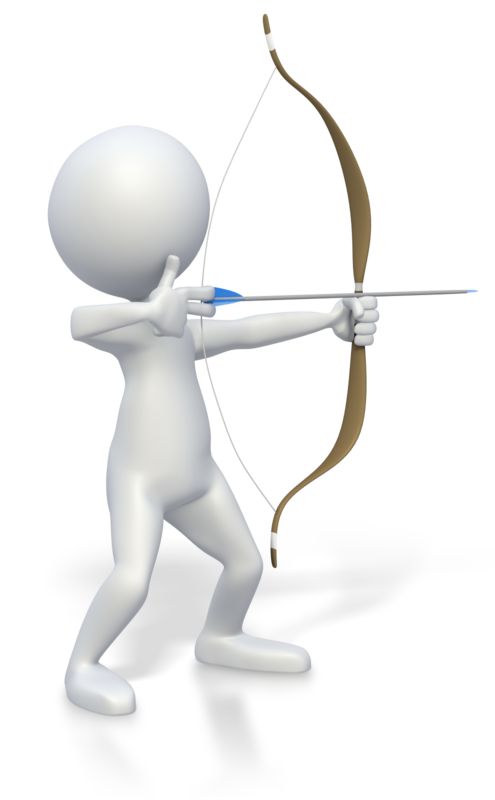 which is the primary objective of businesses and companies. It has proven to be the fastest way of finding new customers by allowing the companies to communicate with potential customers who cannot be reached by the company. Lead generation is all about searching for the right customers whom many companies are unable to find and fail at having a good telemarketing strategy.
which is the primary objective of businesses and companies. It has proven to be the fastest way of finding new customers by allowing the companies to communicate with potential customers who cannot be reached by the company. Lead generation is all about searching for the right customers whom many companies are unable to find and fail at having a good telemarketing strategy. and to do this they must be cordial yet professional towards them. Try doing that when we get told no again and again, hung up on, sometimes calling interesting things. Even in a business to business call we get "slammed". If you can handle the massive amount of rejection do it yourself but for the rest of you there is Larson. Though all this you need to keep friendly and approachable, not loosing your cool it actually compels the customer or prospect to listen to you. This is the true art of telemarketing.
and to do this they must be cordial yet professional towards them. Try doing that when we get told no again and again, hung up on, sometimes calling interesting things. Even in a business to business call we get "slammed". If you can handle the massive amount of rejection do it yourself but for the rest of you there is Larson. Though all this you need to keep friendly and approachable, not loosing your cool it actually compels the customer or prospect to listen to you. This is the true art of telemarketing.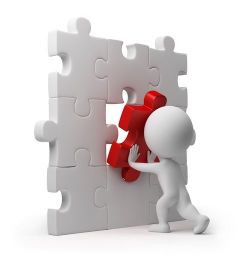 Businesses networking sites like LinkedIn let telemarketers become the authority on lead generation. They can use professional networking resources to ensure the quality of all their leads so that they know who they are talking to and whether they are the right contact. This makes telemarketing more efficient and effective, giving marketers all the information they need to find and nurture strong leads. But online sites can not and do not replace a person reach out.
Businesses networking sites like LinkedIn let telemarketers become the authority on lead generation. They can use professional networking resources to ensure the quality of all their leads so that they know who they are talking to and whether they are the right contact. This makes telemarketing more efficient and effective, giving marketers all the information they need to find and nurture strong leads. But online sites can not and do not replace a person reach out. 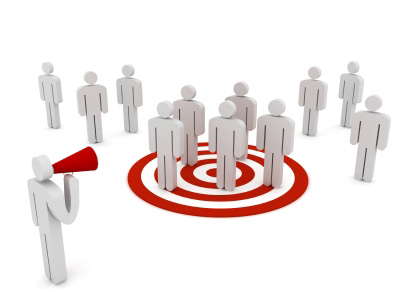 in this digital world lies in the level of personalization and exclusivity that it offers to the customers. 1 on 1 calling. Telemarketing not only generates leads and sales for the company, but it is also an efficient way of keeping in touch with customers who can provide feedback for the company’s products and services. This allows the business to take constructive criticism and improve their services. Apart
in this digital world lies in the level of personalization and exclusivity that it offers to the customers. 1 on 1 calling. Telemarketing not only generates leads and sales for the company, but it is also an efficient way of keeping in touch with customers who can provide feedback for the company’s products and services. This allows the business to take constructive criticism and improve their services. Apart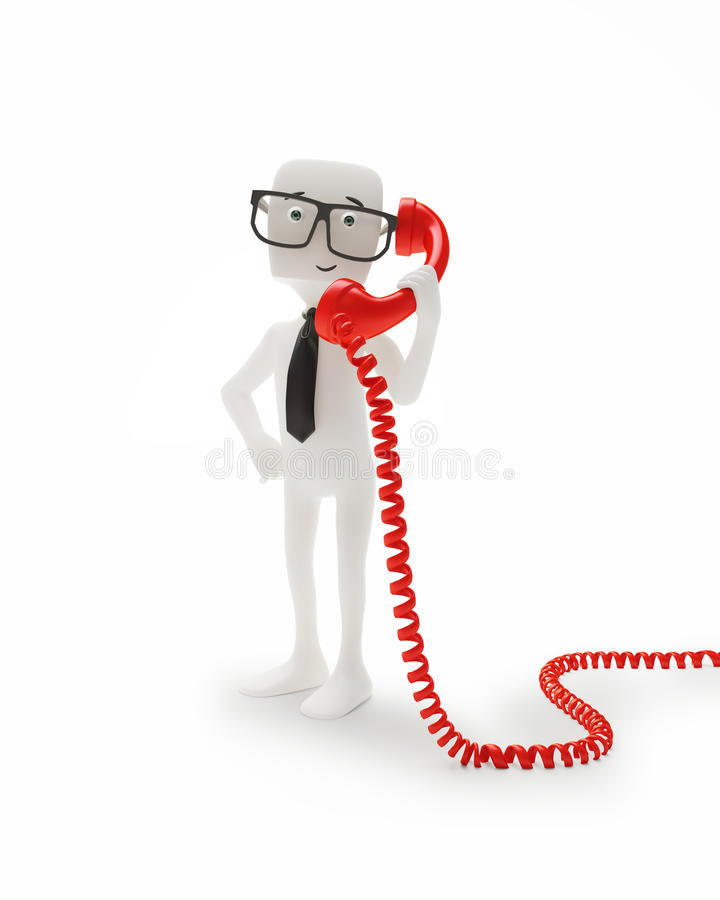 from this, it can also prove to be very cost-effective for businesses that have limited marketing budgets but want to generate maximum results from their campaigns. This only testifies to the fact that telemarketing is a benefit for businesses and companies even in the age of digital marketing. Nothing, nothing can replace the power of one-on-one conversations with a real live person, NOTHING!
from this, it can also prove to be very cost-effective for businesses that have limited marketing budgets but want to generate maximum results from their campaigns. This only testifies to the fact that telemarketing is a benefit for businesses and companies even in the age of digital marketing. Nothing, nothing can replace the power of one-on-one conversations with a real live person, NOTHING!
